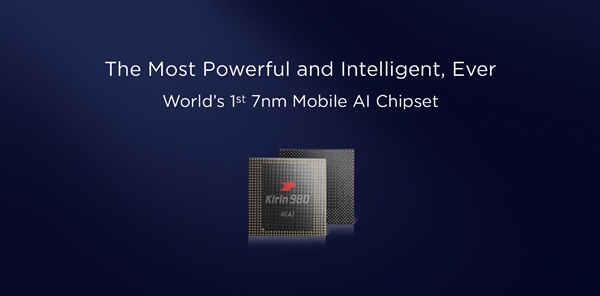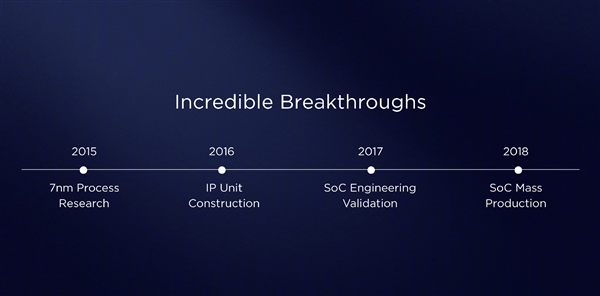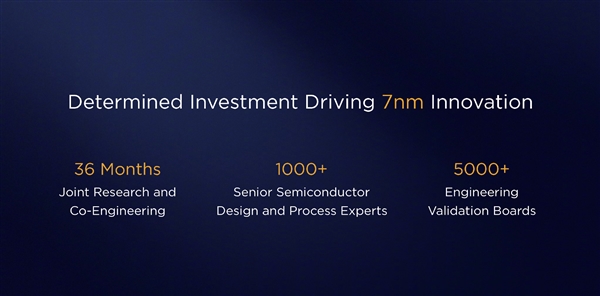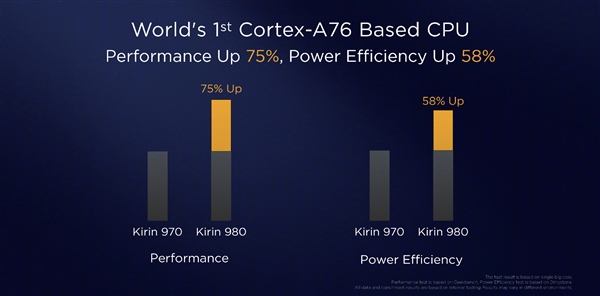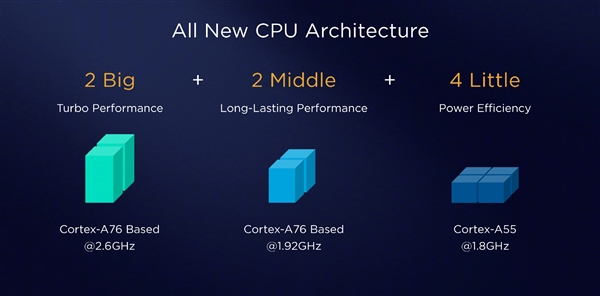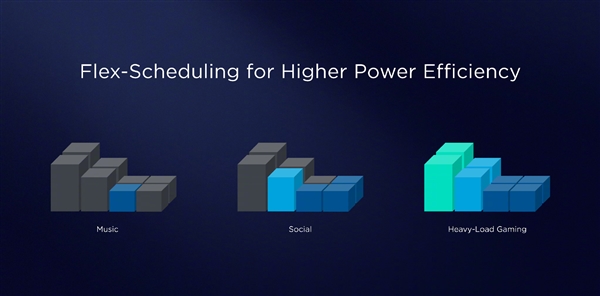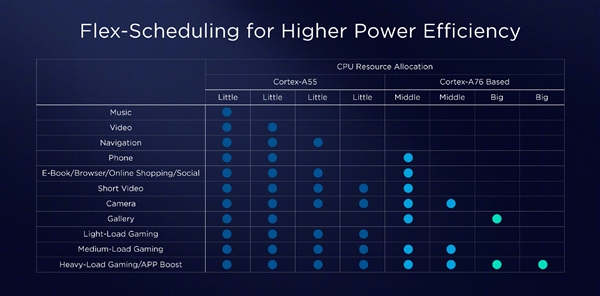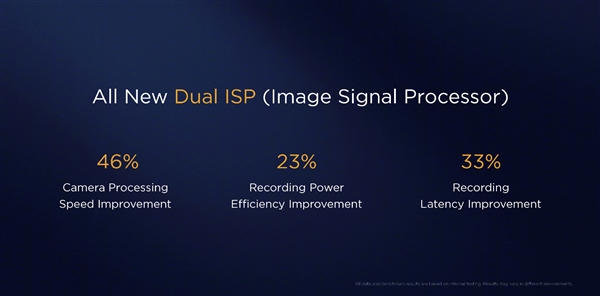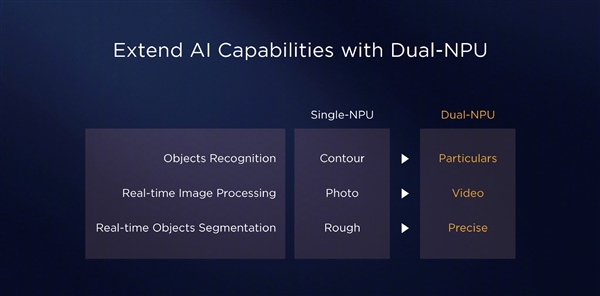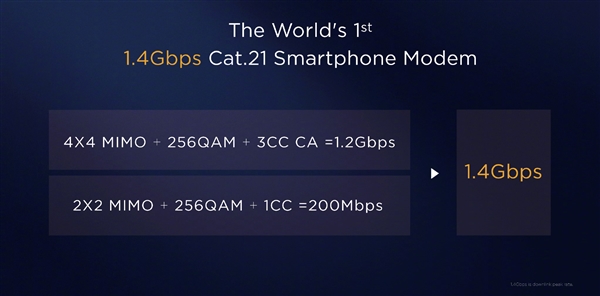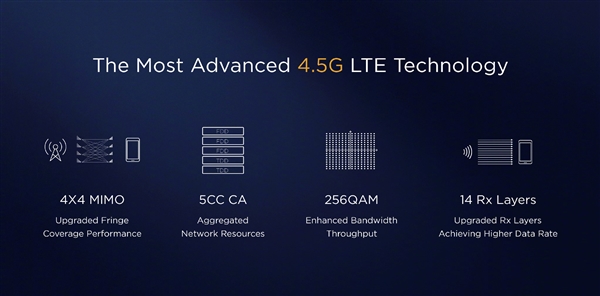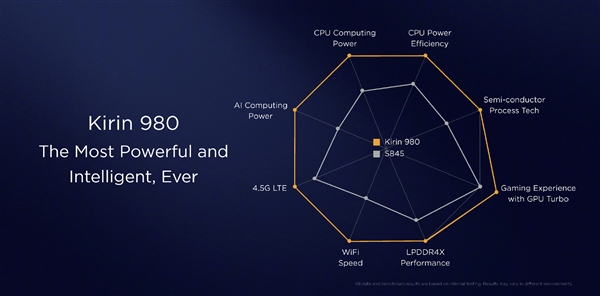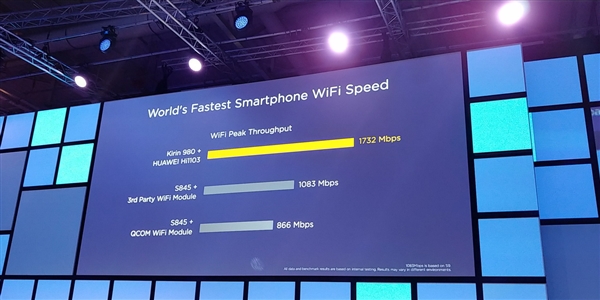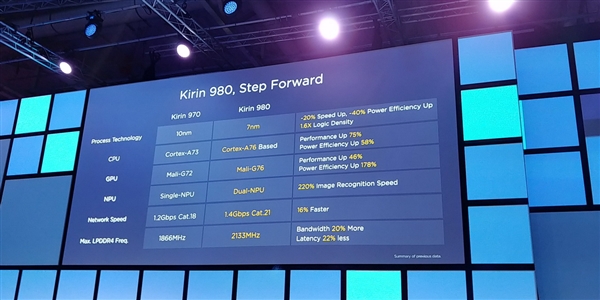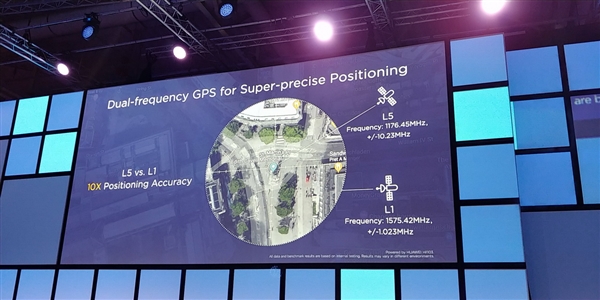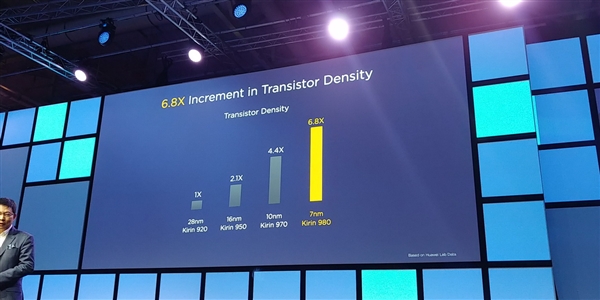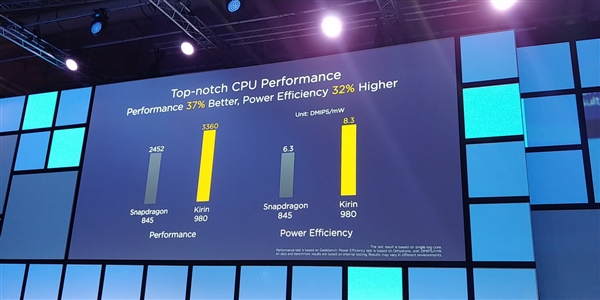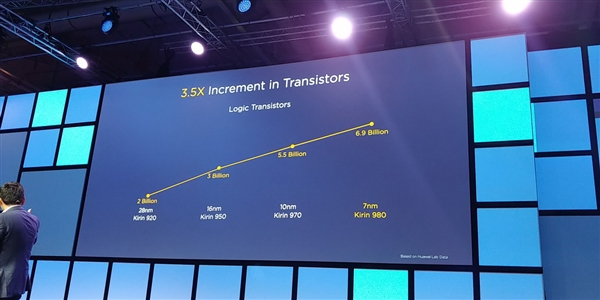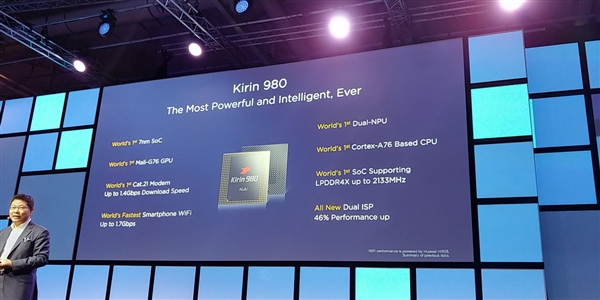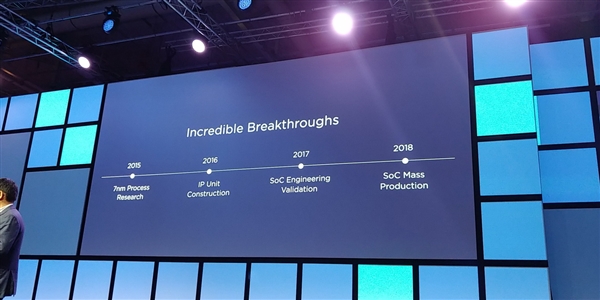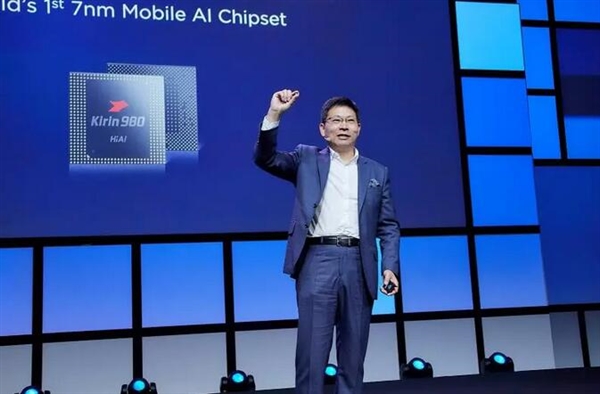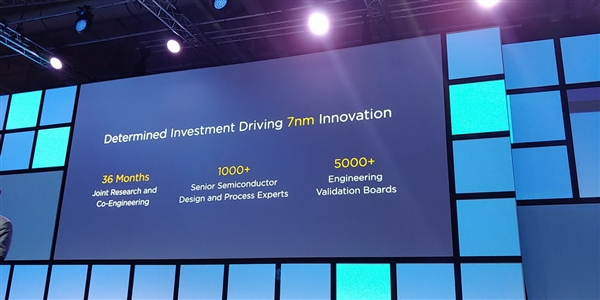Huawei Kirin 980 Officially Announced: The First in 6 Aspects
On the evening of August 31, at the IFA 2018 exhibition in Berlin, Germany, Yu Chengdong officially announced Huawei’s next-generation flagship mobile SoC processor ‘Kirin 980.’ It’s a new generation of top-of-the-line artificial smartphone chips, with six world-first performances. Let’s deepen into the details.
The Kirin 980 is the world’s first smartphone SoC adopting a 7nm new technology. In cooperation with TSMC, it started research in 2015, built an IP unit in 2016, verified the project in 2017, and put into mass production in 2018. Thus the entire process lasted for 36 months.
In order to develop the Kirin 980, Huawei and TSMC invested more than 1,000 senior experts in semiconductor design and technology, using more than 5,000 engineering verification boards before and after.
According to TSMC’s data, the 7nm can achieve 20% performance improvement compared to 10nm, 40% energy efficiency improvement, and 60% transistor density increase. So there are over 6.9 billion transistors integrated. Say, the Kirin 970 runs on a 10nm process node and comes with 5.5 billion transistors. Thus, it is increased by 25%. At the same time, the chip size is only equivalent to the size of the fingernail.
As for the CPU, the Kirin 980 is the first to adopt the ARM Cortex-A76 architecture, which is 75% better than the previous generation Kirin 970 A73. At the same time, the energy efficiency is increased by 58%.
The Kirin 980 also comes with a flexible 2+2+4 core configuration and an intelligent scheduling mechanism, including two 2.6GHz A76 cores, two 1.92GHz A76 cores, and four 1.8GHz A55 small cores.
According to Huawei, the energy-efficient architecture of large, medium, and small cores provides a more accurate scheduling level than the traditional design. The CPU can be flexibly adapted in heavy-duty, medium-load, and light-load scenarios. Various operations can be implemented simultaneously, greatly reducing the actual power consumption of the CPU. From the scheduling design given by Huawei, the two super-large cores will only be launched in high-load scenarios such as libraries, large games, and APP startup.
Compared to the Snapdragon 845, the Kirin 980 is claimed to provide a 37% better performance and a 32% higher energy efficiency.
On the GPU side, the Kirin 980 is the first to commercially use the ARM Mali-G76, which comes with a deca-core configuration. Compared with the Kirin 970 Mali-G72MP12, the performance is increased by 46%, energy efficiency is increased by 178%, and the GPU Turbo helps the chip to provide way better performance than the Snapdragon 845.
The Kirin 980 also innovatively introduced AI frequency modulation scheduling technology, which can learn frame rate, fluency and touchscreen input changes in real time, predict phone task load, performance bottlenecks in the process of dynamic intelligent sensing smartphone use, and timely frequency modulation scheduling.
When playing games, it uses the AI frequency modulation scheduling technology to predict the load per frame of the game. The prediction accuracy can be improved by more than 30%, effectively improving the average frame rate of the game, greatly reducing the game jitter rate, and reducing the game card.
In terms of photography, the Kirin 980 upgraded the fourth-generation self-developed ISP and equipped with dual ISP for the first time. The pixel throughput rate is increased by 46%. Now it can adjust the image color and grayscale in different regions and support more cameras, as well as a new HDR color reproduction. The video is improved by 23%, while the delay is reduced by 33%.
In terms of AI, this is the first integration of dual NPU units, which provides powerful computing support for face recognition, object recognition, object detection, image segmentation, intelligent translation and other AI scenes.
Whether it’s a dance with a strong rhythm or a fast running in front of the camera, the Kirin 980 can draw the joints and lines of the human body in real time, while the object detection capability can accurately identify a variety of objects.
According to the official announcement, the Kirin 980 recognizes 4,500 images per minute, a 120% increase in speed, and is almost twice as fast as the Snapdragon 845.
In terms of network communication, the Kirin 980 is the first to support LTE Cat.21. The industry’s highest downlink rate is 1.4Gbps, including 4×4 MIMO 1.2Gbps (three-carrier aggregation) and 2×2 MIMO 200Mbps. It supports 256QAM and features the most advanced 4.5G technology.
At the same time, it uses the world’s fastest mobile Wi-Fi wireless chip Hi1103, which is the first to support 160M bandwidth. The theoretical peak download rate can reach 1.7Gbps, which is 1.7 times of the same level in the industry.
The Hi1103 also supports L1+L5 dual-frequency GPS precise positioning, and the L5 frequency band positioning accuracy is increased by 10 times.
In addition, Kirin 980 is also the first to support LPDDR4X-2133 high-frequency memory, integrated i8 sensor processor, and UFS 2.1 storage specifications.
The Kirin 980 will debut with the Mate 20 series and will be officially released on October 16 in London, England.
